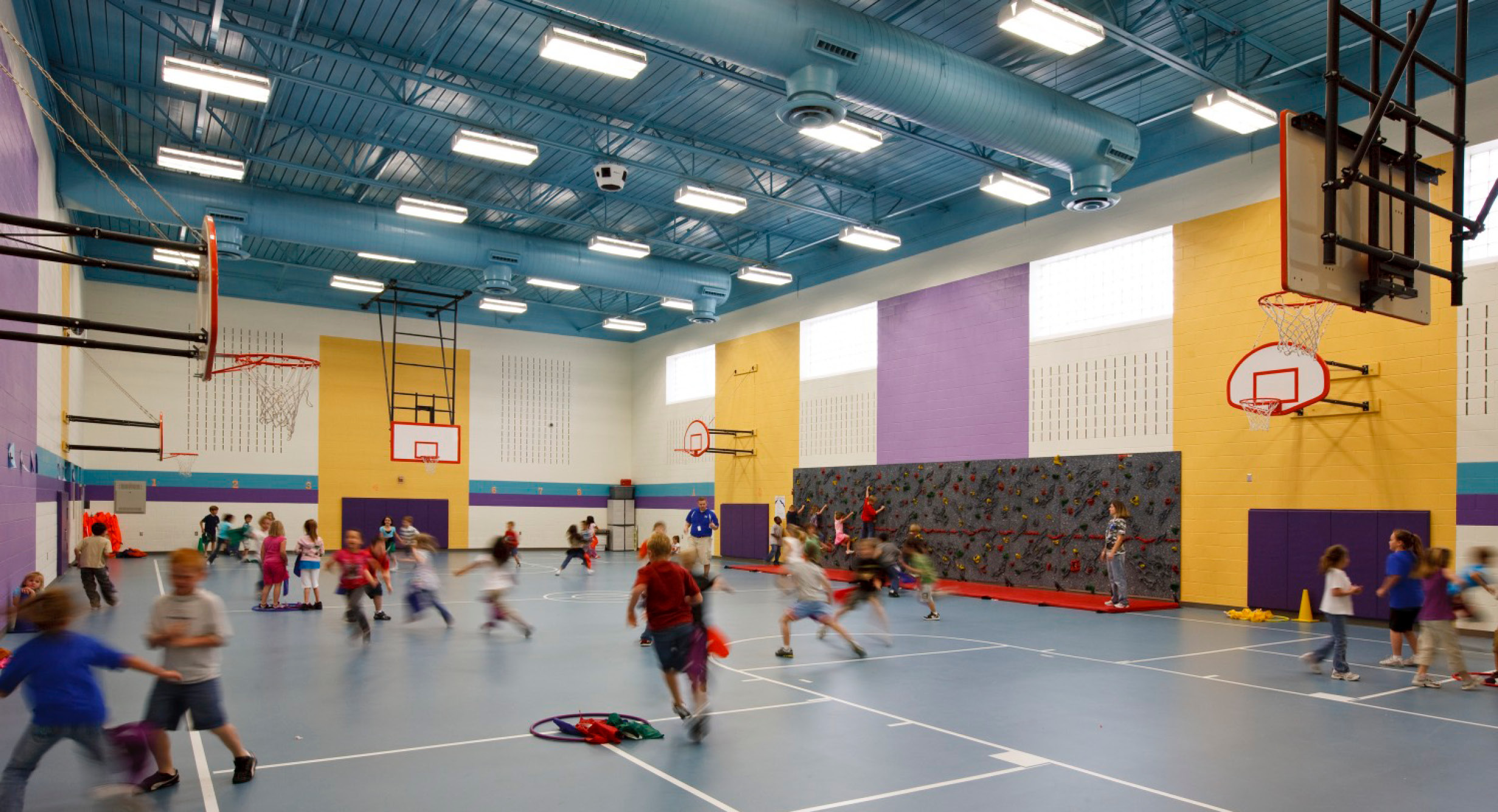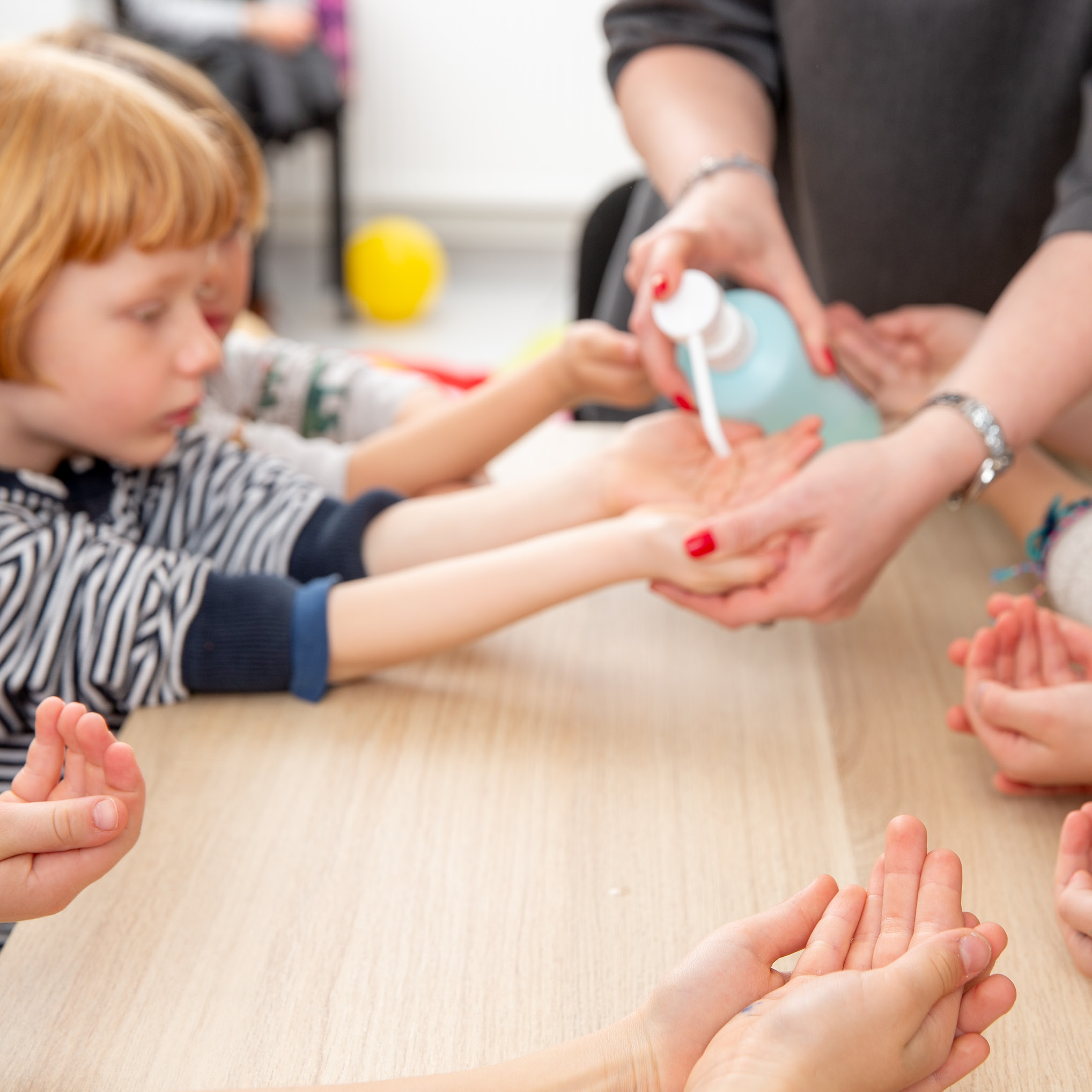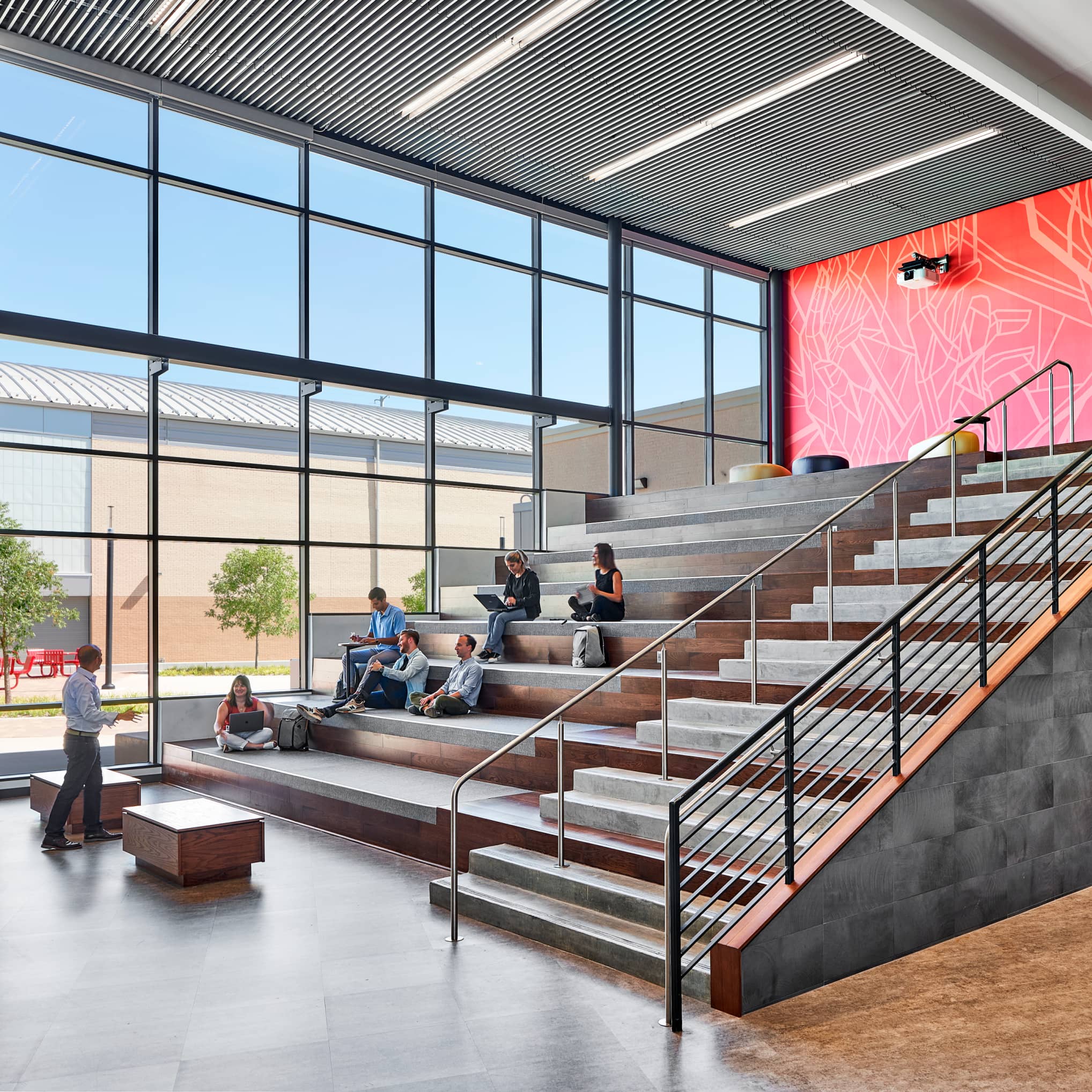
Going Back to School in the COVID Era – Some Guardrails and Guidelines
In the world of back-to-school readiness, Fall Semester 2020 presents educators and families with evolving challenges and uncertainties, where priorities must be carefully weighed and balanced for each unique situation and circumstance. By now, important school re-entry guidelines have been posted by the CDC, many state education agencies such as the Texas Education Agency, and the American Academy of Pediatrics. Yet many unanswered questions and details remain for school districts and parents.
There is little debate about the intrinsic personal development values of the at-school/in-person experiences of social learning, so the issue is shaping those opportunities for maximum individual and societal benefit.
In addition to the various agency recommendations the following “Guardrails” can serve as important planning principles to aid educators and families in their decision-making. As the return-to-learn issues are so complex and often conflicting in nature, these four tenets may help mark a successful trail back to the future.

Guardrail #1: Safety & Wellness
Safety is the paramount concern when thinking about space considerations in a COVID back- to-school environment. Beyond pre-COVID physical safety and now proper distancing, prescribed sanitization/masking procedures along with reinforced good-health habits will be essential.
But, in the interest of comprehensive student wellness, planners should seize the moment to design learning environments that will inspire and help students and community adjust and thrive.
Recent studies show a strong connection between time spent in nature (or looking at nature) and reduced stress, lower heart rate as well as other long-term health outcomes. Increasing opportunities for outdoor learning experiences and mental-health walks could go a long way in helping students and teachers cope with the anxiety that the pandemic has produced. Where outdoor opportunities are limited by space or weather, schools can turn to “greening” of interior spaces as a solution to provide a sensory connection to nature. These interior solutions can be creative; think ambient sound generators with nature sounds in the library, installation of wall graphics with photographs of natural settings or better yet installation of indoor plants.
Other strategies might include combining required social distancing with a more informal, casual learning environment that leverages existing open spaces such as libraries, cafeterias or gyms that will likely need to be repurposed anyway and could prove beneficial. Think softer chairs, or sofas, spread out so that students can still safely be six feet apart. In short, be imaginative. Rethink how to use current spaces, with minimal costs, to not only keep kids physically safe but also help them flourish and thrive.
Guardrail #2: Flexibility & Creativity
Space planning needs to be nimble and able to pivot quickly to new and changing needs. At the same time, scheduling of activities works together with space utilization. Reduced classroom capacity is a monumental challenge to overcome so optimizing ways to utilize larger spaces (such as cafeterias, gymnasiums, outdoor spaces, or temporary classrooms) is important.
Although it places greater demands on teachers’ time, perhaps staggered schedules will lead to acceptable solutions. And while agency guidelines may provide some direction, individual communities should agree on ideal distancing for various age groups, potential threats, and likely behavior patterns.
Architects may help audit and analyze space/schedule usage on campus, based on designated parameters and referenced guidelines, including wayfinding signage and strategy assistance.
Will school start with most students back most of the time, a 50/50 arrangement where students are split into some on-site/off-site groups, or a hybrid “flex” model that supports distance learning — which may require digital upgrades — but allows for students to drop in, check with teachers or to do some small group hands-on learning, like in a science lab?
In preparing scenarios, consider entirely new spaces that may be relevant in the Post-COVID era – like parent/family rooms, or isolation areas if needed. Understanding spatial inventory and planning for its use under different circumstances will allow quick, effective and flexible response to wherever COVID takes us through the school year.
Guardrail #3: Empathy & Equity
In returning to school this fall, school faculties will be tempted to catch up on all that’s been lost or delayed academically since the onset of COVID, particularly with less-than-successful outcomes from the quick pivot to remote learning models. However, it is equally important to address softer, less apparent social and emotional aspects of learning environments that will shape student futures just as much.
Many students have experienced trauma throughout this pandemic, creating needs that go much deeper than academic learning. It will be important to understand what students have been through and how their basic needs may have changed. Kids are going to have a different frame of reference about their lives than before. School should be a place to teach and learn, but also to understand, coach and mentor. That means relationships between teachers, staff, students and parents will become even more important.
Plan to help your communities cope with the new blended reality by providing welcome-packets with readily available information on resources for successful virtual learning and strategies to cope with digital burn-out. Schools might consider developing more frequent parent-teacher conference schedules or set up regular office hours for parents to communicate with teachers and stay on top of the students’ needs.
Beyond safety and “book-learning” educators should incorporate non-traditional criteria for services and space design, like empathy, adaptability, flexibility, and particularly equity. Most school systems have a rigid sense of how to use both space and time and this may be an opportunity to break with the ways things have always been done and consider new relevant options, something that would be particularly beneficial to students from marginalized communities. Perhaps, in these cases, greater individualized attention and coordination between students, teachers, and parents could develop more meaningful relationships that help overcome traditional learning challenges.
The fallout from COVID-19 exposed several pre-existing inequities such as gaps in the availability of broadband internet, devices, and access to online content. We must work to improve this technological imbalance because students who lack these opportunities will fall farther behind as our world rapidly becomes more digital.
Our pandemic state offers a chance to imagine new opportunities for space, time, and supportive social learning environments.
Our pandemic state offers a chance to imagine new opportunities for space, time, and supportive social learning environments. While the virtual realm brought with it a host of challenges, it has also uncovered the opportunity for teaches to connect more deeply with students one-on-one. Educators could leverage this new reality to schedule more meaningful mentorship moments that allow them to identify and address students’ needs quickly and effectively.
Furthermore, educators can partner with parents and guide them to a collection of open source material curated from the abundance available online today. This new paradigm shift will invoke all community assets to provide a well-rounded education and developmental experience for young people.
Guardrail #4: Community & Inclusivity
Faculty, staff, parents, and older students will all think differently about returning to school.
Beyond student welfare, what are the risks for teachers and administrators, especially those more senior? What is the plight for parents who are not able or well equipped to stay at home and help teach their children? Options are needed that invoke different levels of blended learning. For example, in-person attendance could be flexibly scheduled and prioritized for families that have greater needs in this regard. Each stakeholder group will likely have a different range of issues and all of it will impact space utilization, transportation, and a broad range of policy decisions.
Additionally, families should be afforded the flexibility to adapt their reality to the scenario that best matches their needs, and then re-visit that choice and fine-tune it in hopes of striking the right balance that delivers the desired learning outcomes.
Time is obviously short and funding is sometimes unavailable. While it is important to solve immediate needs and develop interim solutions, these implementations should be mindful of longer-term goals and outcomes. There will be phases of discovery and adjustment. Why is the holistic school experience so important? Managed correctly and innovatively, physical spaces can foster a sense of belonging; a sense of ownership; a sense of positive destiny.
It is difficult to appreciate now, but the COVID era is a catalyst to promote and expedite action toward new, healthier ways of the future and toward solving underlying difficulties within our educational systems, our communities, and our society.
HKS can provide educators with space audits and utilization/optimization planning – including stakeholder surveys and facilitation. To get more specific, practical information about designing spaces for academic outcomes as well as social and emotional ones, contact Leonardo Gonzalez.


